Standing at the “Corneliu Miklosi” Public Transport Museum in Timișoara during the opening ceremony of the 2019 Art Encounters Biennale, Anca Rujoiu, one of the two curators of the biennale, emphasised in her speech the importance of not thinking about the opening event as the main element, although it is the most visible and spectacular, but rather as a component amongst the many pieces that make up a biennale.
Keeping these words in mind, if I would review this year’s Art Encounters Biennale based on its display, I would not give justice to the attempts of the curatorial vision to try and resist to organiser Art Encounters Foundation’s view of art biennales as a showcase of artworks.
Producing an exhibition does not only take one person, but a variety of layers of resources. This is why the exhibition’s two curators, Maria Lind and Anca Rujoiu – who after working for many years in Singapore at NTU CCA returned to Romania to curate this specific project – decided to stretch the program, organising the Biennale as a one-year schedule rather than the four months of the previous edition. They presented a bigger picture of the artistic production system through the biennial’s Public Programming. The curators consciously made visible the work done not only by the invited artists but by institutions, art producers, students, teachers, as well as the encounters between these various players, in order to force the Art Encounters Foundation to claim their position as an institution in the context of Timișoara and larger Romania’s art system.
The Foundation’s actions seem to follow the traditional trajectory of biennales. They are bringing larger financial investment in order to increase the number of commissions, international artists who are often present in other similar events and curators specialised in these showcases. Ever growing commissioned works, involvement of larger capital seemingly follow the traditional biennale structures inherited from the Western biennales, where the commissions would soon turn to rely on financial injections from larger private investors and commercial galleries to create larger scale and more internationally acclaimed events – while the money would only fuel marketing schemes and fancy parties with well-groomed guests rather than the regional artistic economy.
The curator’s message addressed to the Foundation was to question and rethink this exhibition format that has been proven to be an inefficient way to establish a sustainable art environment. Rather, the Foundation needs to claim its own position as an actor in the art system it is part of. A structure that can only become sustainable and keep its own voice if it trains and supports multiple different partakers in the system – educators, fabricators, producers, technicians, administrators. Such a process would break up the trajectory projects of the art school system that presents no alternative to art students as the outcome of their degree, other than becoming an artist, while missing the opportunity to give the roles presented above similar importance as to ‘The Artist’.
That such ideas did not please the CEO of the Foundation Ovidiu Șandor, became evident for the guests as well from the visual tension between the curators and the Foundation. Standing on the pavement near one of the biennale’s 30 locations, the Maria Therese Bastion, during the press tour, Maria Lind announced that it was a bumpy road. Later, in a conversation with some of the participants, I learned that one of the common disagreements with Ovidiu Șandor was that the curators insisted that everybody who helps the biennale in some form should be paid. During my visit on the opening weekend I was told that the volunteers were not only overworked, but were not provided with water or food during the extended work hours. Later I learned that Rujoiu and Lind stepped up for the volunteers whose situation was stabilised the next day.
But after I gave justice to the curatorial efforts to change the Foundation’s ideas of the biennale as a showcase of artworks, I have to take my chance to look at the other side of their work, and that is the presentation itself.
“Context is crucial!” said Maria Lind in her opening text, where she highlighted the fact that all of the commissions were context based. Learning from the bizarre exotisation of the previous editions, the curators tried to tackle becoming “the wheel of gentrification” by directly engaging with existing infrastructure in the city and stretching the exhibition over 20 locations. This was marked from the first collaboration in December 2018 with the Tur de Architectural project, who works to extend the biennale by organising tours around the city to bring its architecture and diverse history closer to its citizens. An architect from the project would take artists on tours around the city to familiarize them with the context. If the artist then found it necessary, the curators would arrange to have other specialists in the region help to investigate further, bringing in expertise from archaeologists, writers to textile historians.
In order to create encounters, the curators started out from their own curatorial practices rather than a pre-set theme. In doing so, they created a list of 66 artists. The curatorial themes developed from patterns that arose during the artistic selection process. These themes or, as the curators called them, “Winds” are: borders, manual crafts and modes of self organisation. Lind borrowed the term “winds” from Herta Muller’s books, who was born and raised in Banat. In the books there are many descriptions of the breezy weather in Timișoara. Muller’s “Winds” can blow through different places but they can also change directions from one moment to another. Tangible, ever-changing, unspecific much like Lind’s own description of contemporary art. Lind defined contemporary art as “a sponge that can suck up everything while cutting through itself or reflecting back on ourselves”. This concept somewhat recalls elements of Maria Lind’s own recipe for biennales. For example, to the 11th Gwangju Biennale in 2016, where she attempted to understand “what art does?” using similar literary references. Lind gave art a two folded role as being all inclusive but critically reflective on itself and the world. This made her poetics just as self serving as it sounds, where she asks a question and answers it herself. The winds as themes are renamed for the pure reason of literary language and are a broad theme that allow the art works to be grouped. The poetics proposed by Lind are nothing more than simple self explanatory metaphors. The placing of some of the works in their context due to their lack of ambiguity made them feel rather unfitting candidates to the curatorial concept.
Walking around the city, it still felt like art is intruding into peoplețs lives – a university building with a construction site hosting the installation by Haegue Yang, or a lecture hall where paintings of Malgorzata Mirga-Tas, representing life scenes from her Romani community, were hung. However, this was most visible in The Plague Column by Ciprian Mureșan: the artist took Monument of the Holy Trinity made in 1740 in the heart of Timișoara’s main public square as a direct gesture to replace with his own copy in Soarelui, Timișoara’s working class neighbourhood. The log like grey fiberglass resin sculpture holds no significance of time and place. On its surface, repeating faces arise, which are covered with hand drawings. Aimed at drawing attention to the underdeveloped neighbour, the unwanted gift is laying on the grass of Parcul Sudului. I felt the gesture of attention drawing only reassured the already existing exoticism towards Eastern Europe, as the visitors to the biennale would take “exploration” trips to the neighbourhood as an alien location between the traditional museum displays.
More sensible, in practical and poetic terms, was Gunilla Klingberg’s Spirit of the Woods (Silvia), which was able to tackle the relationship between artist, public commission and the community where the artwork would be placed. The artist created aluminium stencils that were inspired by the patterns of Timișoara’s Botanical Garden designed in 1966 by the the architect Silvia Grumeza. In order to create patterns, the stencils were used to clean the dirty pavement with water in the Botanical Garden, the alley next to the Transport Museum and a street in the city centre. These stencils are exhibited in wooden racks at the Public Transport Museum. The devices are going to be left in Timișoara and can be reused if needed. Although Klingberg created objects, the use of these cleaning stencils, she has replaced further accumulation of things with the action of taking something away temporarily. The artist managed to recognize her own position as a temporary visitor in the city, bringing attention to the Botanical Garden, a central element in the city’s infrastructure in people’s everyday leisure that is being left to disintegrate, without directly referencing it.
An effective match between artist and context was Kray Chen’s Every Good Body Dances, exhibited at the Youth House. The two-channel video set in front of a white background shows, on one screen, the band of Florin Boita, playing a slowed down version of traditional Banat music, while on the right side screen in a hora (open circle, a type of local dance), nine amateur dancers are moving to the music played by the band. As both the band and the dancers attempt to suit themselves to the slowed down rhythm of the music, by isolating the dance from its original celebratory context, Chen highlights how both the band members’ and dancers’ performativity during the ritual is learnt rather than based on instinct. The extended length of Boita’s song Yesterday I Went to the Village Priest draws the viewer’s attention to the lyrics, revealing its moralising message. Boita and Chen’s collaboration offers a possible outcome of the curatorial vision that matches the region to artistic practices.
Another highlight was the single shot video from Aslan Gaisumov, People of No Consequence at the Maria Theresia Bastion. An empty room in festive decor, filled with rows of seats. The seats are slowly and silently taken by elderly men, then women. They are the survivors of the Second World War deportations of the Chechen and Ingush population to Central Asia. Their presence marks both a collective and individual history that was silenced. An enlarged photograph of the Grozny skyline, ruled by high rise buildings today, marks the underlying neoliberal forces that have shaped their and the city’s stories. The work presents a poetic solution to representing the relationship between unheard stories and silencing narratives. With the 30 years anniversary of the Romanian revolution, this is a message that could not be more contextual in Timișoara.
The “winds” work bests when they blow together at the same time, they embrace ambiguity and stretch of inventiveness through which one can perceive a construct from multiple points of view. Céline Condorelli’s Collection Show shown in the attic of the Banat Museum is arranged in four collections in collaboration with four other entities. Mona Vătămanu & Florin Tudor’s painting presenting moments of the Romanian Revolution. Collection Collective provided artworks from its collection. Works that normally would reside with the multiple members of the collective until they are activated through exhibiting. Two other collections provided elements to the display. The Museum of the Communist Consumer, which presents everyday objects from the communist era and Muzeul Textilelor in Băiţa established in 2018 by collecting textiles from the Banat region. The artist selected items from these two collections applying the idea of “stuff”, something which is always material and physical but unmeasurable and unspecified. This concept brought to the selection items from different children’s games from the Museum of the Communist Consumer, or dyed clothes from the Textile Museum. The standardised hexagonal displays followed the shape of the first museum display cabinet. They questioned their own role as an object of art and tried to dismantle the hierarchy between the different objects presented. Here, the separate winds created tangible pathway to discover different connections between the objects and how their connection reflects upon the world. Art can reflect back on the world but the audience have to take action themselves.
But what about those who were not sucked up by Lind’s sponge of contemporary art? Many artists I have interviewed were missing from the presentation/inclusion of the local and regional scene. Even so, though I share the artists’ concerns when it comes to the display, I would like to bring their attention to the Public Program which did present signs of regional diversity. To give a few examples, the presentation of Serbian filmmaker Želimir Žilnik’s work, which takes place in the larger Banat region, was never shown before Romania; the attention brought to the Press Museum of Jimbolia, the only Press Museum in Romania collecting multilingual Romania, Hungarian, Serbian and German press from Banat region; the workshops and presentations with various artists in the University of Fine Art. As well, establishing an independent publisher platform bringing together publishers from Serbia and Romania. All these are even more important in the long term than a one time display in order to nurture the local and regional artistic scene.
However, it would have been a good opportunity to reconnect the different countries and cities of Banat within the exhibition. U10 in Belgrade, is a project space run by seven artists which has been giving voice to a younger generation of artists in the last seven years, in the context of the lack of institutional spaces in the city. The curators should have took the chance to make a platform for underrepresented practices in Hungary which are in a challenging situation to keep their voice heard voice due to the country’s limited cultural support. In the end, the most absent practice was that of Timișoara and the Banat region itself.
Coming from Hungary, it took me a few conversations to figure out some of the contextual finesses of Timișoara and a Biennale within it. I kept asking myself the question – What gesture does a biennale mean in Banat? The moment of epiphany for me arrived after a long day of bus touring: standing between the walls of the Public Transport Museum, the vice mayor announced how grateful the city was for the Biennale to rediscover and highlight buildings like the Youth Center and how he can’t wait to see the 2021 edition, because it surely will be truly spectacular. Why is 2021 so important? It will be the year when Timișoara becomes the European Capital of Culture, and the Art Encounters Foundation, Ovidiu Șandor and the biennale had a major role in securing this title for the city.
Thinking back to the curator’s statement to avoid “rediscovery” and use existing infrastructure, this statement hit me with surprise. It also made me realise that the curator’s attempt to reshape the city’s and the foundation’s narrow minded ideas about biennales – biennales are only be display of artworks – was meaningless. The city and the foundation see culture, and so the biennale, as something “spectacular” that can be used as an opportunity to finally claim Timișoara’s place in the west. A narrative so typical to the generations who still look for western hegemony’s acknowledgement.
Nowhere is the division of the Romanian art scene more visible than in the exhibitions running parallel to the biennale. At Jecza Gallery the lavish display of the Subreal group, curated by Ami Barak – a rather boring narrative about an artist group – is violently pushing their historical position rather than amplifying younger voices. This stands in contrast to the exhibition at Spațiul 2/2 of artistic duo Monotremu’s exhibition presenting their Minitremu summer camp (the duo also participated in the Biennale), a creative lab which brings together contemporary artists with Romanian and Hungarian high school children in Târgu Mureș. Throughout the touching showcase, the only artists visible in the documentation presented from the exercises are the children themselves.
Meanwhile it seems the Foundation’s CEO Ovidiu Șandor is turning a blind eye to his own dual role as the city’s major investor and the head of a cultural foundation, avoiding to take any institutional claim to the multi-layered production line of arts in Timișoara and Romania at large. The plan seems clear: inserting bigger names and more commissions to the Foundation with the hope of larger returns of financial capital, while appropriating the existing economy of neoliberal biennale culture from the west.
How can the critic conclude? Maria Lind reapplied her semi-contextual use of metaphors through Herta Müller’s winds that dominated the biennale’s display. On the other hand, the main focus should be kept on Anca Rujoiu’s personal involvement to re-engage with the Romanian context, as well as on her goal to rethink the city’s art system in which she found herself, after living abroad for many years: this shaped the biennale’s structure and its message, raising important questions. Can we rethink our own limit in giving too much importance to the display of a biennale? Are we reassuring the hegemonic model that prioritizes the artist as an individual creator if we fail to represent several actors involved in the line of production? Can we give agency to several members of the art system by making them visible? The fact that the curators’ message did not please Ovidiu Șandor is worrying for Romania and the whole region of Central Eastern Europe. If state funding disappeared, would private individuals and institutions be interested to support alternative solutions created in opposition to models already existing in the west, that might even criticise them? The return of many curators and artists from Central Eastern European who left to the west, gained experience and got disillusioned by it, like Anca Rujoiu, might not change Timișoara 2021 and the next Art Encounters Biennale, but I would not like to lose hope that these individuals will use their expertise to make positive change!
Art Encounters is on until October 27th.
POSTED BY
Krisztián Török
Krisztián Török, is a critic, independent curator and art historian raised in the Pannonian Plain based at the bottom of the Highlands....


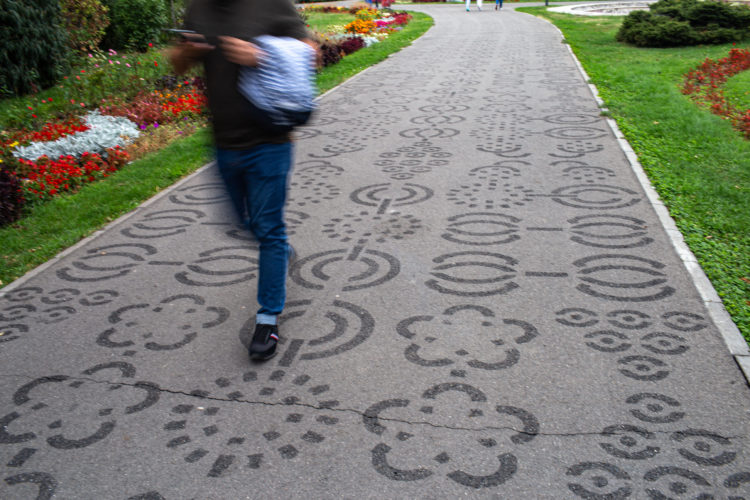

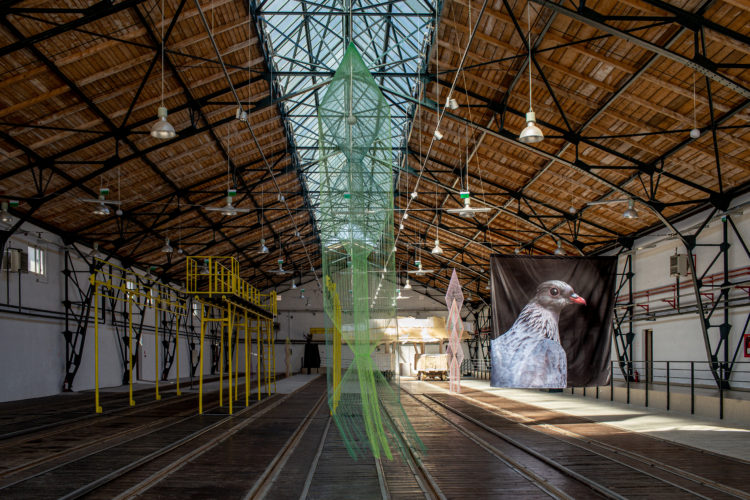
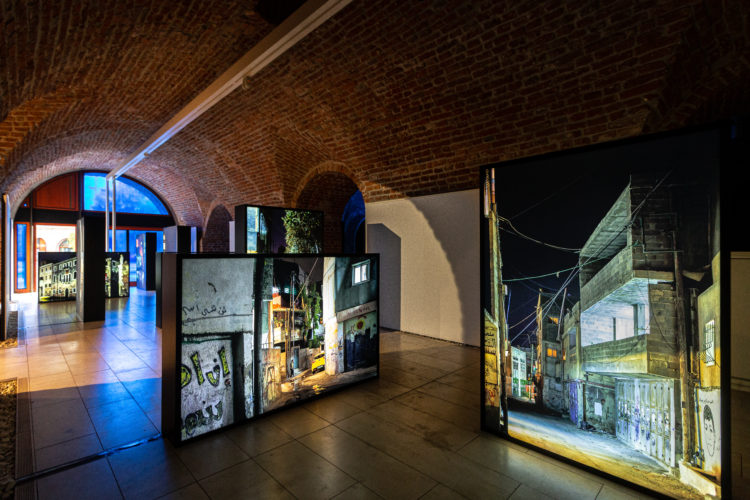
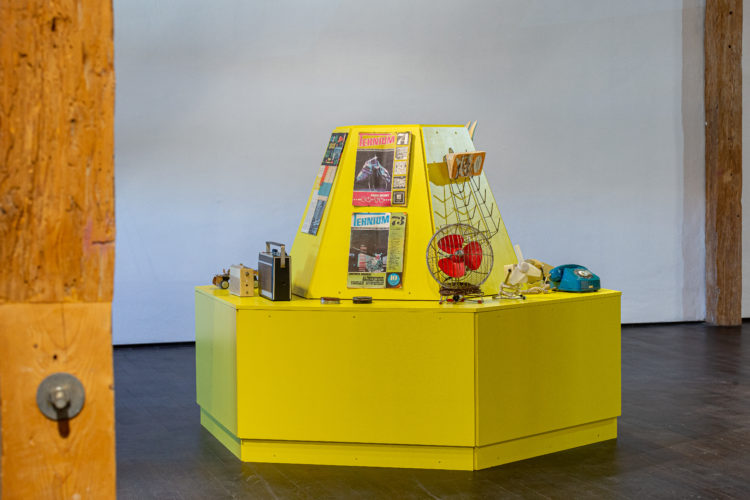
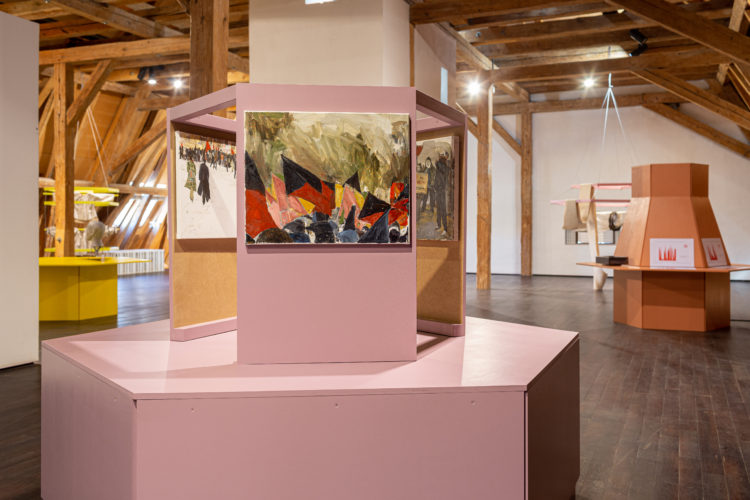
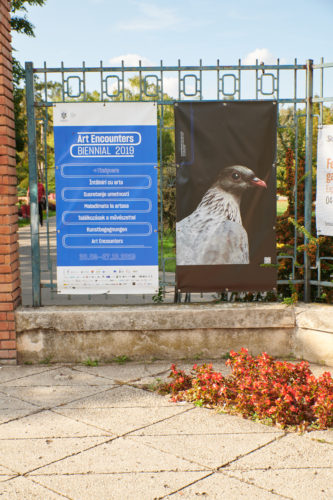
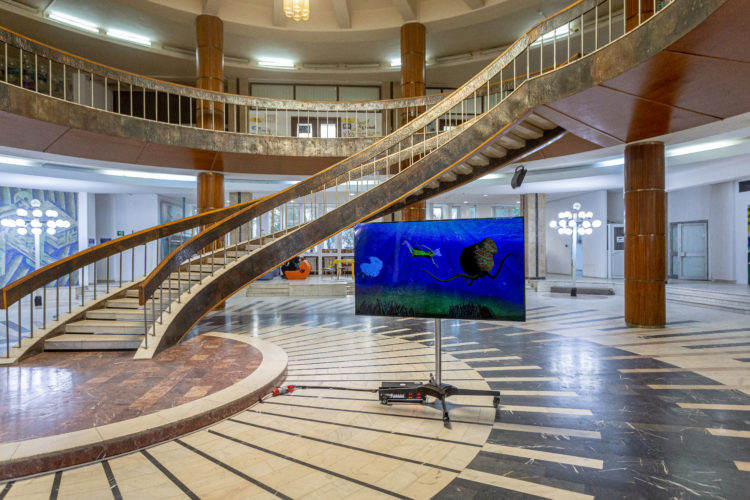
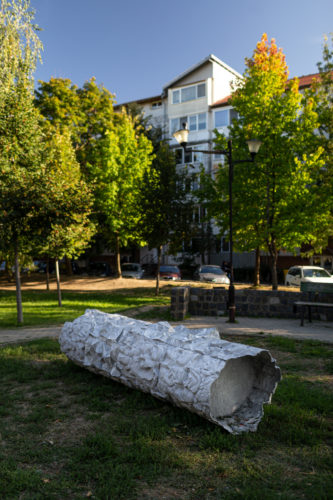
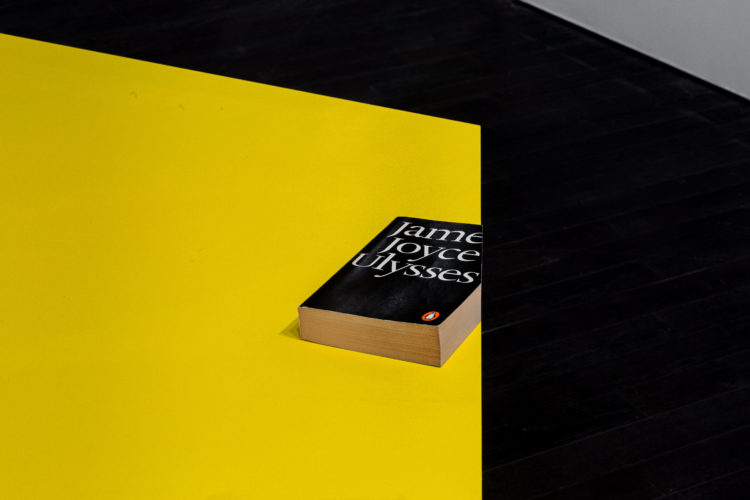
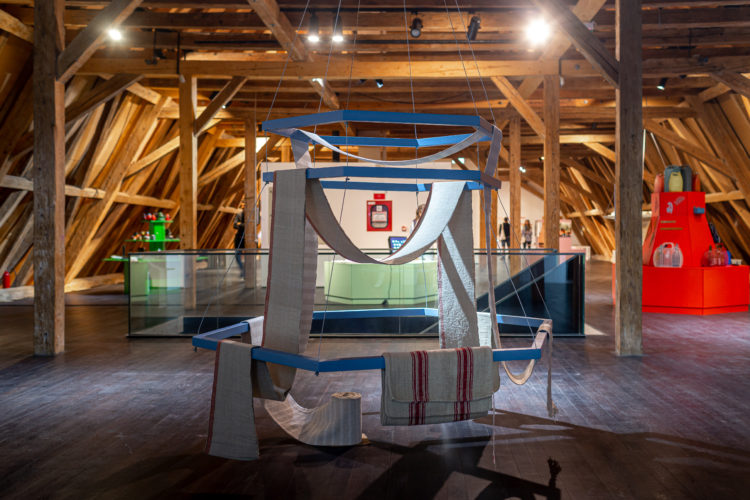
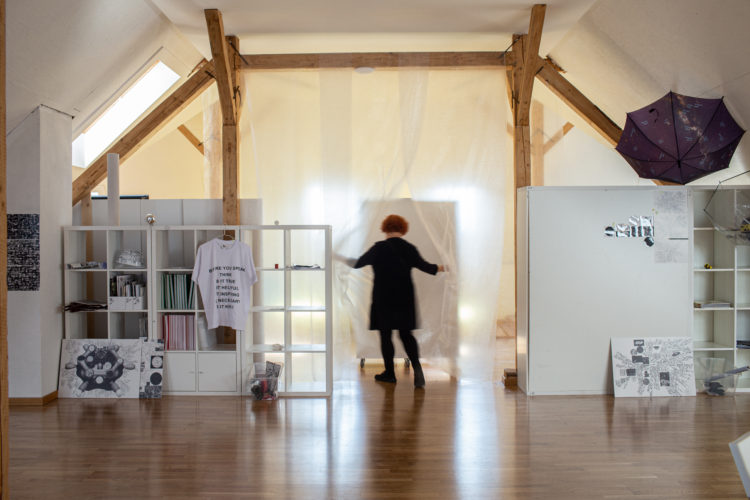
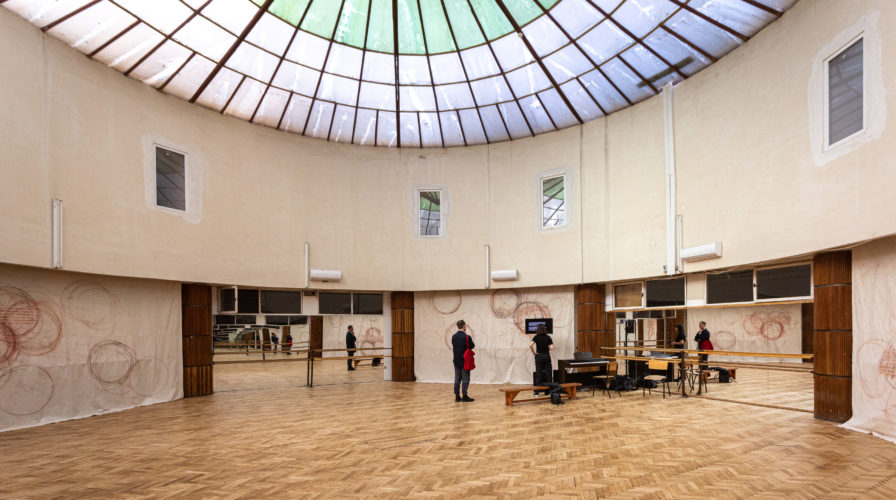
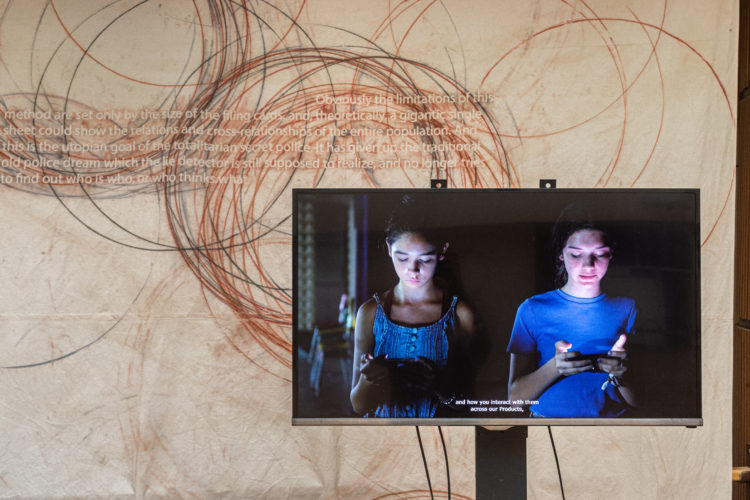
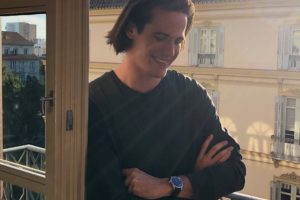
2 Comments
I want to remind that the opinion of this author is strictly personal and does not reflect the opinion of the editors of Revista-ARTA.
Magda Carneci
editor-in-chief of Revista-ARTA
Tin sa amintesc aici ca opinia autorului acestui text este strict personala si nu reflecta pozitia redactiei Revistei ARTA.